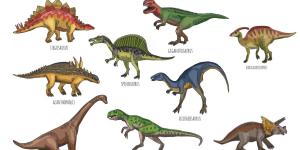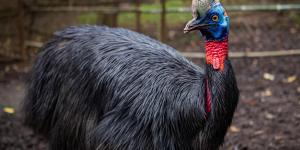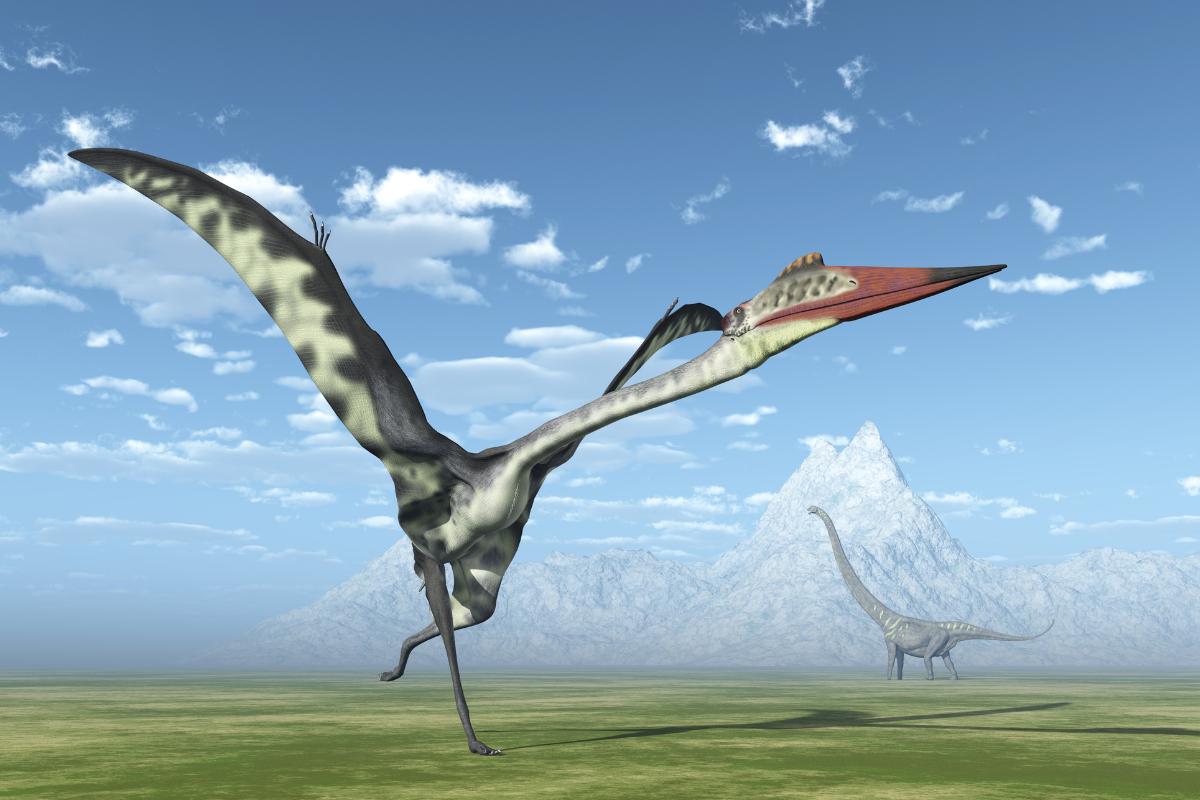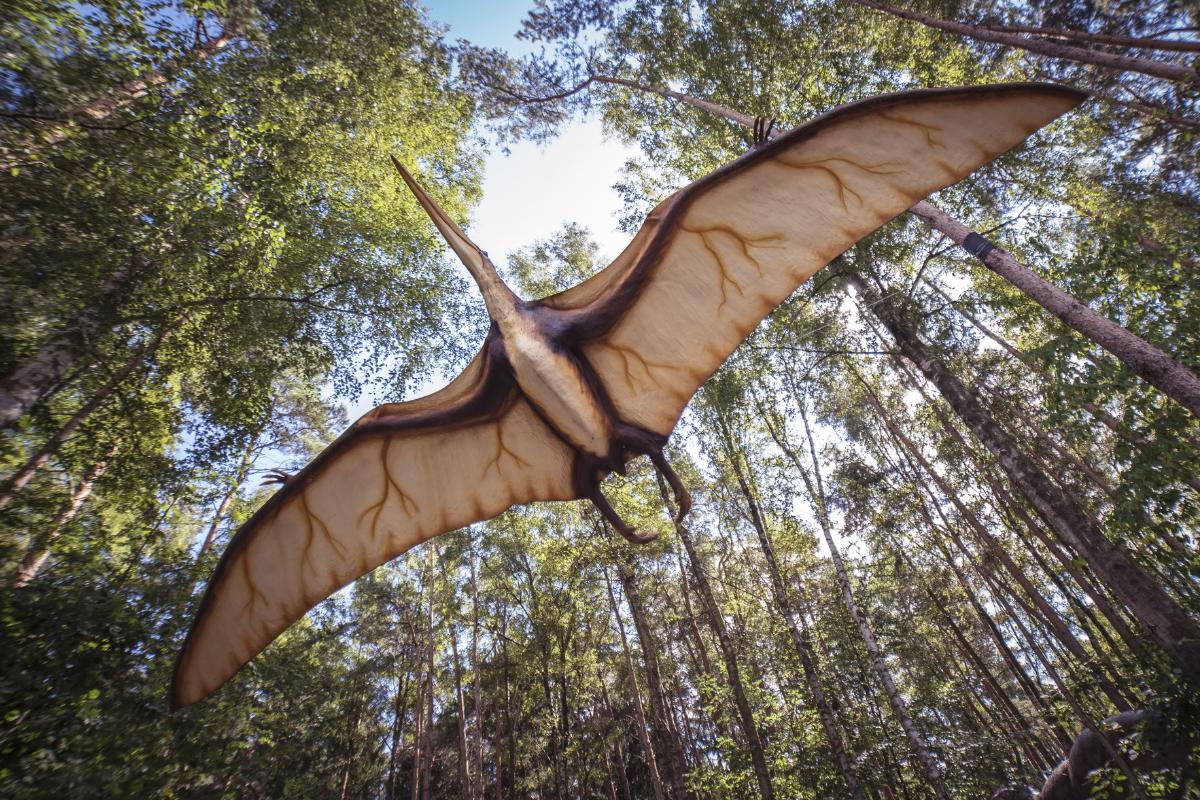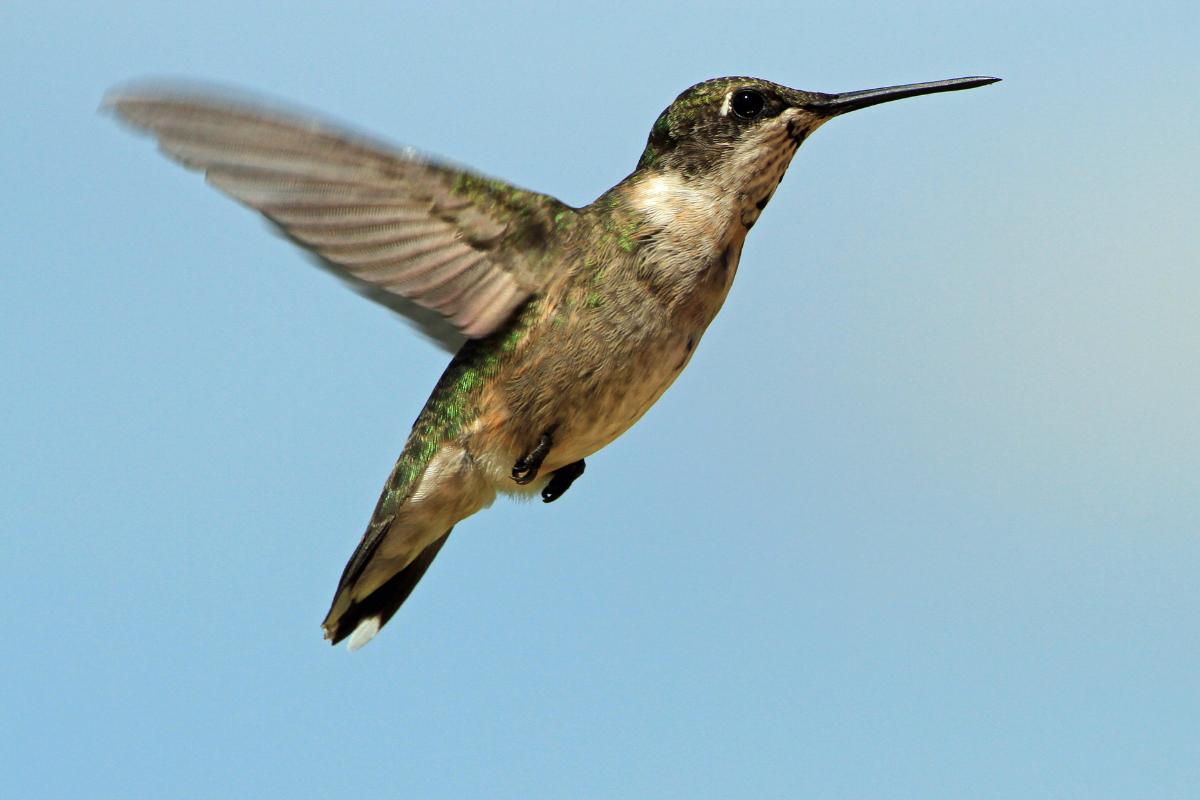Were There Flying Dinosaurs?

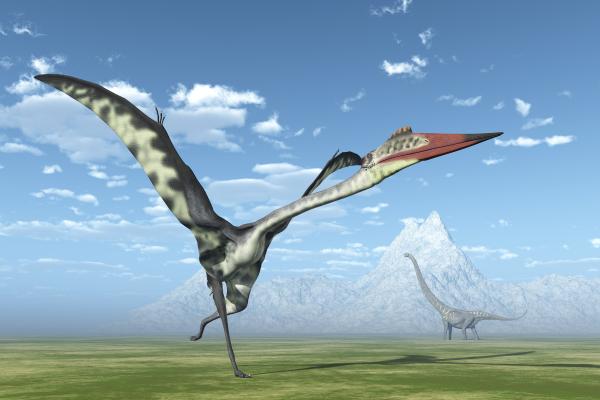
When we think about prehistoric skies, many of us picture huge winged creatures soaring over ancient Earth. We have long been led to believe that "flying dinosaurs" dominated the skies throughout the Mesozoic Era by movies, literature, and museum exhibits. Did dinosaurs actually fly, though? The real story is one of the most fascinating evolutionary tales in paleontology, although the answer is a little tricky.
he following article from thedailyECO explores whether there were flying dinosaurs, what they looked like, and their relationship to modern birds.
What are flying dinosaurs?
When most people imagine flying dinosaurs, they're thinking of creatures with giant wingspans soaring above Jurassic landscapes. However, dinosaurs didn't fly, at least not in the way most people think. The creatures commonly mislabeled as "flying dinosaurs" were actually pterosaurs, an entirely separate group of reptiles.
Dinosaurs and pterosaurs did share the Mesozoic Era, both appearing in the Triassic Period and thriving until the mass extinction event 66 million years ago. They coexisted as reptiles in the same environments, but followed very different evolutionary paths.
Pterosaurs and dinosaurs represent distinct branches on the reptile family tree. Both belong to a larger group called Archosauria, but they diverged early in their evolution. Pterosaurs developed in a completely different direction, most notably evolving true powered flight millions of years before any dinosaur took to the air.
The pterosaur body was uniquely adapted for flight, with hollow bones and wings formed by skin membranes stretched between an elongated fourth finger and the body, and this is a completely different structure than anything found in dinosaurs. Their entire physiology was built around the demands of aerial life, from lightweight skeletons to specialized chest muscles for powering those impressive wings.
Pterosaurs earn their place in evolutionary history as the first vertebrates to conquer the skies. They appeared around 228 million years ago and developed an astonishing variety of forms over their 160-million-year reign. Early pterosaurs were relatively small, but later giants like Quetzalcoatlus grew to staggering proportions with wingspans comparable to small airplanes.
Over millions of years, different pterosaur species evolved specialized feeding adaptations for catching fish, hunting insects, eating fruits, or even scavenging. Many species were covered with fur-like filaments, suggesting they maintained warm body temperatures unlike their cold-blooded reptile cousins.
While pterosaurs weren't dinosaurs, some dinosaurs did eventually evolve flight. Small, feathered theropod dinosaurs gradually developed adaptations for gliding and eventually powered flight, giving rise to birds. The only true "flying dinosaurs" are the birds we see today.
Modern birds evolved from small theropod dinosaurs during the Jurassic period and represent the sole surviving dinosaur lineage. So ironically, when we watch birds soar overhead, we're actually witnessing living dinosaurs in flight.
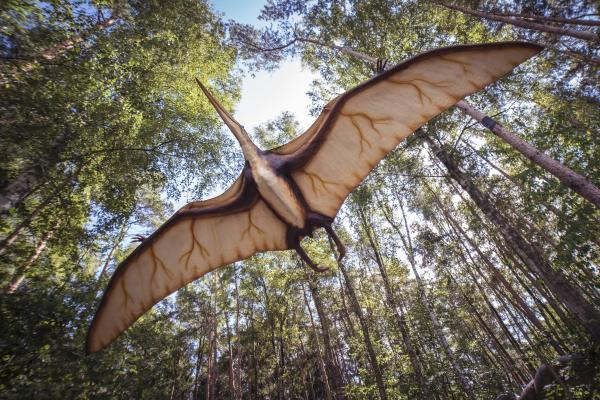
Are there any true flying reptiles?
No reptiles alive today can truly fly. Several modern reptiles like flying dragons (Draco species), flying snakes (Chrysopelea), and flying geckos can glide through the air, but none have evolved the powered flight capabilities that pterosaurs once possessed.
Flying reptiles, known as pterosaurs, first appeared in fossils from the Late Triassic period, about 228 million years ago. These early pterosaurs emerged during a time of significant evolutionary change. Life was recovering and becoming more diverse after the massive Permian-Triassic extinction event.
The oldest confirmed pterosaur fossils belong to genera like Eudimorphodon and Preondactylus, relatively small creatures that already possessed the specialized adaptations for powered flight.
This timing is significant because pterosaurs became the first vertebrates to evolve true powered flight, beating both birds and bats to the skies by millions of years. They would go on to dominate the prehistoric skies for over 160 million years until their extinction at the end of the Cretaceous period.
The evolution of flight in pterosaurs represents one of the most remarkable adaptations in vertebrate history. Unlike birds or bats, pterosaurs developed a unique flight mechanism built around a wing membrane (patagium) supported by an elongated fourth finger. This specialized digit, sometimes called the "wing finger," could grow to extraordinary lengths in later pterosaurs.
Scientists believe pterosaurs evolved from small, agile reptiles that likely lived in trees and developed the ability to glide between branches. Over time, these proto-pterosaurs would have benefited from even small improvements in their ability to control these glides, eventually developing the muscle structure and skeletal adaptations needed for powered flight.
The pterosaur body underwent dramatic modifications to accommodate flight.
- Their bones became hollow and thin-walled, much like those of birds, though achieved through different evolutionary pathways.
- Their breastbones enlarged to anchor powerful flight muscles.
- Their brains evolved enhanced regions for processing visual information and maintaining balance during flight.
- Some species developed fur-like filaments called pycnofibers that may have provided insulation, suggesting pterosaurs might have been warm-blooded animals.
As pterosaurs diversified, they evolved even more adaptations. Early pterosaurs typically had teeth and relatively short necks, while later forms like the enormous azhdarchids evolved toothless beaks and neck vertebrae that could exceed half a meter in length. This evolutionary diversification allowed pterosaurs to exploit numerous ecological niches, from fishing over coastal waters to foraging in inland forests.
Despite their impressive 160-million-year reign, pterosaurs left no descendants. After the asteroid impact at the end of the Cretaceous period, these flying reptiles disappeared forever, leaving birds and eventually bats to dominate the skies.
What are the differences between flying reptiles and modern birds?
Though pterosaurs and birds both conquered the skies, they represent entirely different evolutionary solutions to the challenge of flight.
Birds evolved from small theropod dinosaurs approximately 150 million years ago, about 70 million years after pterosaurs first appeared. This means birds and pterosaurs developed flight independently through convergent evolution.
The most obvious difference between pterosaurs and birds lies in their wing structure. Bird wings are formed primarily from feathers growing from the arm and modified hand bones, with the main flight feathers attached to fused finger bones. In contrast, pterosaur wings consisted of a leathery membrane supported mainly by an enormously elongated fourth finger.
The biomechanics of flight differed significantly between these groups. Pterosaurs likely generated lift through their wing membranes, with more similarity to bat flight. Their wing membrane attached to their hindlimbs, creating a more complete airfoil.
Birds, however, generate lift primarily through their contoured feathers, which can be individually adjusted for precise control. Birds can also partially fold their wings during upstroke to reduce resistance, an adaptation pterosaurs couldn't match with their membrane wings.
Modern birds have also evolved a unique respiratory system featuring air sacs that allow for continuous one-way airflow through their lungs, an adaptation believed to be absent in pterosaurs. However, both groups evolved hollow bones, keeled breastbones, enlarged brains, and other adaptations that made powered flight possible.
Birds typically launch into flight using powerful leg muscles to jump upward before initiating wing beats. Large pterosaurs, particularly the giant azhdarchids like Quetzalcoatlus, likely used a quadrupedal launch, which meant that they used all four limbs to vault themselves into the air in a motion similar to a modern vampire bat.
While pterosaurs vanished alongside non-avian dinosaurs during the mass extinction at the end of the Cretaceous period, birds survived this catastrophic event.

Why did birds survive when pterosaurs perished?
When the asteroid struck Earth 66 million years ago, pterosaurs went extinct while some bird lineages managed to survive. There are several key factors that likely contributed to birds' survival advantage:
Size and metabolism:
The birds that survived were predominantly small-bodied species, requiring less food and having shorter generation times than the often much larger pterosaurs.
Most surviving birds were ground-dwelling with adaptations that may have allowed them to conserve energy during the post-impact period.
Dietary flexibility:
The surviving bird lineages were mostly omnivorous or seed-eating. Seeds and nuts represent stored energy that could persist after the impact when photosynthesis was temporarily disrupted worldwide. Many pterosaurs had more specialized diets that disappeared in the aftermath.
Habitat adaptations:
Evidence suggests the surviving birds primarily lived in forest environments, which may have provided some shelter from the immediate effects of the impact. Ground-nesting birds could have survived in burrows or protected areas.
The extinction wasn't kind to birds either, approximately 90% of bird species disappeared. What survived was a small subset that happened to possess the right combination of traits for enduring this catastrophic event.
If you want to read similar articles to Were There Flying Dinosaurs?, we recommend you visit our Extinct animals category.
- Díaz Aros, R. (2012). The origin of the dinosaurs (Dinosauria: Saurischia-Ornithischia).
- Pterosaurs (Winged Lizards), Reading Review. Extracted from: https://elementos.buap.mx/directus/storage/uploads/00000001434.pdf

